Around the Canonica
Montalbano
Mentioned for the first time in 1186 in a bill fo sale written in the ancient Montalbano Castle (old walls of the Castle are still visible from the cellar of Antica Locanda La Canonica). The remaining parts of the Castle were incorporated in the XVII century in the ancient Canonica (still visible in the south est area).
Also the village, where you will find the nice Santa Maria Assunta Church, was fortified; access was granted by three ancient doors, unfortunately these had been destroyed during the war (II Wwar). In the little square you can still see the ancient open gallery (XVI century) with the typical columns and capitals. You can also see many sandstone’ portals, which different shape, from the model cantilever to the lancet model, to the great XVII tuff portal, which was the entrance of the antique tavern. More you can find a brick round arc with a bas-relief showing the ancient arm of Bondigli’s Family from the court of Duke Francesco III d’Este.
From a few years, Montalbano is home of a success exhibition “Village of the Cribs”; from the begin of December until the end of January, all around you will find many different cribs, done from the people of the village with bottles, carboys, old bricks, ancient tiles and others. During holiday people from Montalbano welcomes the tourists with Christmas Cake, hot wine and a nice marketplace of craft.
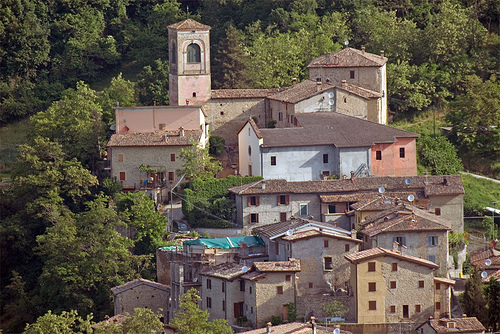
Borough, Towers and Castles
Castellino delle Formiche
The funny name Castellino delle Formiche (Ants Castle) could have been a translation mistake from the ancient medieval word “Castrum Formigis” from the latin formido, formidabilis, meaning awe-inspiring Castle.The ancient family fo Malatigni, coming from the homonyms fortresses from Sassi di Roccamalatina was first in the castle whick was conquered in ‘300, from Montecuccoli family, until the year 1623, when was incorporated in Podesteria of Guiglia. The only part remaining from the castle is the tower, which is now holding a steeple. One of the churchs was destroyed from a landslide. The alive church that was inside the castle is date back XIII century.
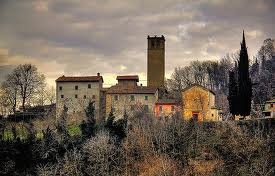
Montecorone and the Sasso di S. Andrea
From the ancient villages, Montecorone with is medieval plant, is really beautiful and characterized from stone buildings with sandstone portals and arch windows, and from the presence of the eSan Rocco Oratory (XVII century). Walking from Montecorone far the footpath you will reach the rock “Sasso di S. Andrea”: an escarpment of almost 20 meters, in limestone sandstone of the same kind of the one in Sassi di Rocca Malatina and with great charm. From Locanda Canonica the footpah n. 11 (428) Montalbano – Serra di Montalbano – Montecorone, reach the village of Montecorone.
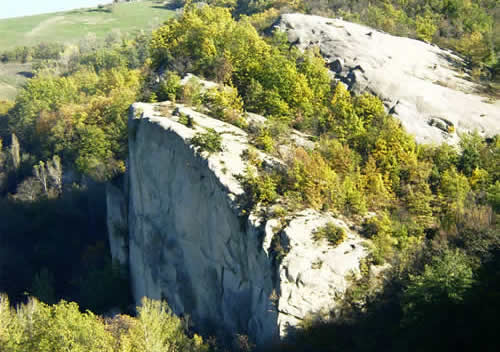
Montombraro
This nice village has a modern part, a very famous summer swimmingpool and a nice walk reaching the ancient area where in the ancient time was the castle and where now is the parish church, from the XVI century, with fine plaster decoration and a valuable organ from XVII century.
Near the village there is a secular chestnut that, is told, was an ancient tree where the historical persona of Matilde di Canossa loved have a rest.
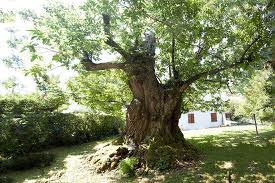
Montequestiolo
His name is due to the latin Mons Cristioli. As resultant from ancient finds now in the Civic Museum of Modena, was settled from the bronze age, XIII century B.C. During the medieval era there was a castle of the Montecuccoli family and a church. The remaining tower is dated 1626 and is the only part remaining from the ancient rock. On the top of the tower are actually are visible some elements from dovecote and swallowcote from late 500 century. A portal from 300 century is visible in the north wall, and probably in the past was related to the near castle. In the area is also an old cistern well preserved and the ancient village, where only few buildings remain some of them with original ancient paving, decorated walls and ancient chimney.
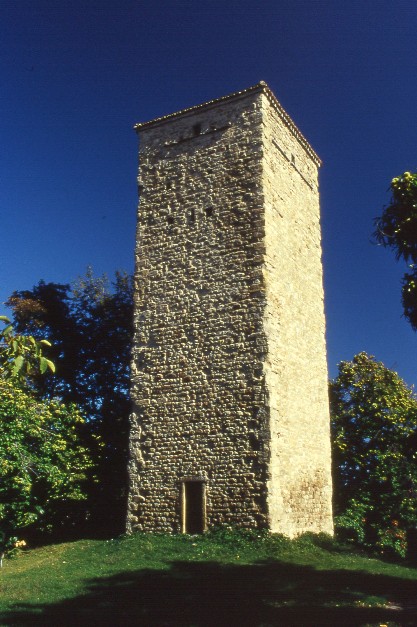
Montetortore
The origin of the name is uncertain, may be from the ancient Mons trium turrium, or mount of the three towers.
First publication of the presence of the settlement are from 1179. From the beginning the village was fortified and the castle had a very positive position, so it was for many years contested between Modena and Bologna, until its totally destruction at the begin of’200. Was rebuilt and in the century subject of ups and downs. Some of the ruins are still visible, like the tower (now bell tower), the cistern with a mighty vault. The church was recently restored after the damages during the second war. The church is dedicated to San Geminiano. The vicariage part was also restored, and is possible recognize a 400 part, a sandstone portal with sciens of ancient fire and with ancient loopholes.
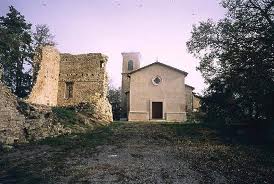
Rosola
Ancient Rosola village was first under control of the Bologna City, back to Estensi the old family of Ferrara and then of Montecuccoli. In 1454 Borso d’Este gave Rosola as a feudo to the Rangoni’s Family which was the owner until our days. Is the severed tower the unique part remaining as testimonial of the ancient castle; this tower is the most ancient building in the area. Recently donated from Rangoni’s Family to the City of Zocca, has been restored. The tower has sign of ancient stone arch and was certain linked to the castle with wooden walkways. From this place came the little treasure formed by a jorum containing more than 1300 silver coins, dated between IX and XI century, founded in ‘800 in a parish of the area.
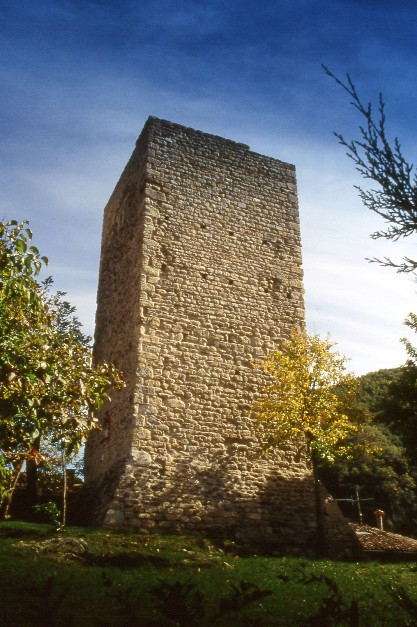
Samone
The settlement is mentioned for the first time in a document from 1048 and after listed in the domain of the Nonantola Abbey. From the distance it appears as a white bell tower in the middle of the woods, in the slope from Panaro river. From a closer view the village appear with its snail structure as a defense structure. A charme reaching us directly from the medieval era. The ancient village is all around the S. Nicola Church, built at the beginning of ‘700 and enlarged during ‘800. In the village, inside an ancient Home-Tower, is the Museum of Tigella (a typical food of the area). Also nice to see is a two-storey building near the vicarage, where the chestnuts coming from the parish estate were dried in the past.
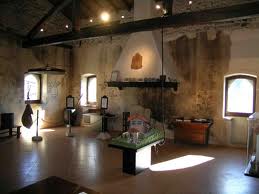
Semelano
The village in these days includes a villa named “Palazzo”, a home tower, a 400 building and the oratory of Sant’Antonio and of Santa.
The villa, including many country buildings, has a portal from 400 whith convex shelves and surmounted by an architrave and a little shelves window. The Duke House in the neighbourhood, datable XIII century had heavy restoration, but remain of great interest. From the original building remains a pointed arch portal, fine finished. It is believed that the building was part fo the fortification of the castle of Ponte.
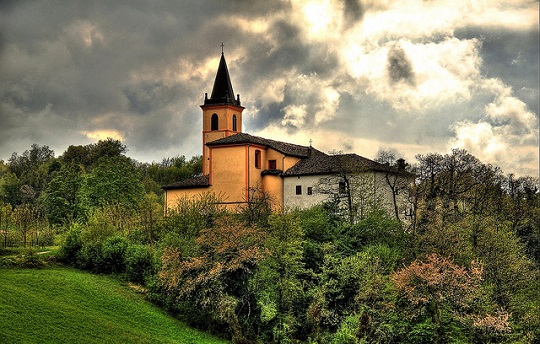
Vignola
The little town of Vignola, well known for the best quality cherries (called “duroni” of Vignola), has an ancient little historical centre all around the ancient Rocca dated from the year 1000. Many events and different owner have changed many times look and functions to the castle. It is supposed that the castle was built after the carolingi period, as a defense for the people in the area. After a big burning due to King Enzo, son of Federico II of Svevia, the Estensi’ Family ceded to the Grassoni Family that turned the building into a luxurious villa. Other three ancient family followed, the Contrari, from Este Court, the Buoncompagni and Napoleone. The principal characteristics is rappresented by the three towers (Nonantolana, delle Donne and del Pennello), and from the drawbridge that take to the suggestive Court and to the Salons. Some of the Salons are painted with beautiful frescoes realized under the Grassoni age: Lion Salon, Leopard Salon, Doves and Rings Salons are for visiting. Like other obligeg step, as the Dame Salon frescoed with the Contrari Bride Armies, and the Pavilion Salon with coats of arms, and with the beautiful frescoed window. On the first floor the Chapel is decorated in a late Gothic style from “Vignola Master”, with the depiction of the “Christ History”. On second floor we find the wide rooms used by the troops of the Castle and from the servants; last floor is taken by walkways all around the building, linking the three towers.
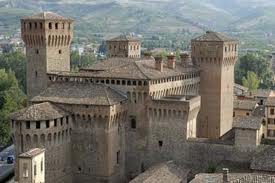
by nicola